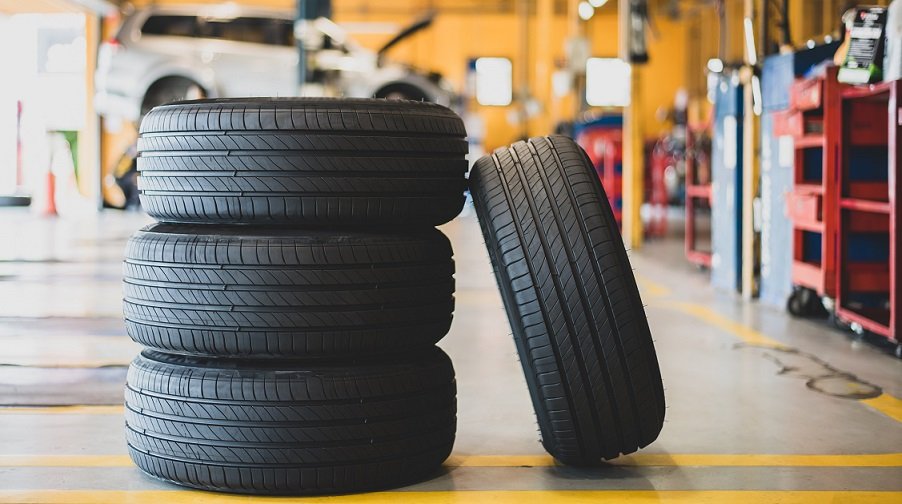On March 8, 2022, India’s Bureau of Energy Efficiency (BEE) added tires as a voluntary product of the energy saving labeling system “Standards & Labeling Programme.” The target is C1, C2 and C3 tires manufactured and sold in India or imported into India according to the automotive industry standard AIS: 142. The specification prescribes test methods for rolling resistance coefficient (RRC) and wet grip index (G), based on this standard, and also prescribes energy saving assessment criteria and label specifications. Tires with the energy saving label must display the label on the sidewall or tread of the tire at the time of sale.
The specifications related to the tires (Schedule 30) can be found from the following URL.
https://www.beestarlabel.com/Content/Files/Schedule_30.pdf
Target scope
- C1 tires: Tires conforming to the Indian Standard IS15633
- C2 tires: Tires conforming to the Indian Standard IS15633, with a load capacity index 121 or less in single formation, and speed classification symbol “N” or above, and/or tires marked with LT/C
- C3 tires: Tires conforming to the Indian Standard IS15633 and having (a) a load capacity index 122 or more in single formation and/or no LT/C display, or (b) a load capacity index of 121 or less in single formation, speed classification symbol of “M” or lower, and/or no LT/C display
Minimum qualification requirements
- Products must be complied with all requirements under the Central Motor Vehicle Rules, 1989 and AIS: 142.
- The tire manufacturer must have obtained a quality system certification according to the BIS certification mark or ISO9000.
- The tires must meet the minimum performance specified in AIS: 142. In addition, the test report must be issued by a laboratory accredited by, for example, the Indian National Accreditation Board for Testing and Calibration Laboratories (NABL) or another accredited institution that has signed an MRA with APAC or ILAC.
Energy saving assessment criteria for RRC value (e.g. C1 and C2 tires with a rim diameter of less than/equal to 14)
- C1 tire (rim diameter less than 14)
| Star assessment | Lowest | Highest |
| 1 star | 12.6 | 13.5 |
| 2 stars | 11.6 | 12.5 |
| 3 stars | 10.6 | 11.5 |
| 4 stars | 9.6 | 10.5 |
| 5 stars | 0 | 9.5 |
- C2 tire (rim diameter 14 or less)
| Star assessment | Lowest | Highest |
| 1 star | 11.1 | 13.5 |
| 2 stars | 10.1 | 11 |
| 3 stars | 9.1 | 10 |
| 4 stars | 8.1 | 9 |
| 5 stars | 0 | 8 |
*All RRC values are in N/kN, which corresponds to the value of kg/ton. For snow tires used under severe snow conditions, the limit value should be increased by 1 N/kN.
Limit values for wet grip index (G) (e.g. C1 and C2 tires)
- C1 tires
| Category of use | Wet grip index (G) |
| Normal tires | ≥1.1 |
| Snow tires | ≥1.1 |
| Snow tires used under severe snow conditions, with speed classification symbol “R” or higher (including H) indicating a maximum permissible speed of greater than 160 km/h | ≥1.0 |
| Snow tires used under severe snow conditions, with speed classification symbol “Q” or less (excluding H) indicating a maximum permissible speed not greater than 160 km/h | ≥0.9 |
| Specific use tires | Exempted |
- C2 tires
| Category of use | Wet grip index (G) | |
| Others | Traction tires | |
| Normal tires | ≥0.95 | ≥0.85 |
| Snow tires | ≥0.95 | ≥0.85 |
| Snow tires for severe snow conditions | ≥0.85 | ≥0.85 |
| Specific use tires | ≥0.85 | ≥0.85 |
Reference:
Automotive Industry Standard AIS: 142 “Evaluation of Tyres with Regard to Rolling Sound Emissions and/or to Adhesion on Wet Surfaces and/or to Rolling Resistance”
https://hmr.araiindia.com/api/AISFiles/AIS_142_F_f385df6f-da24-4777-822a-ee49fd92776c.pdf
 India adds tires as a voluntary product under Standards & Labeling Programme
India adds tires as a voluntary product under Standards & Labeling Programme 

























